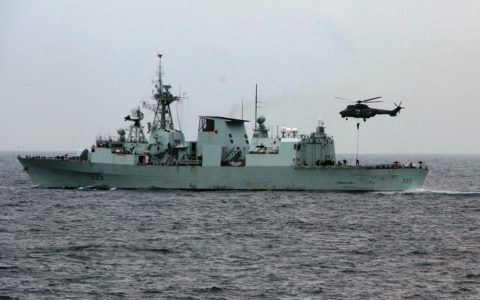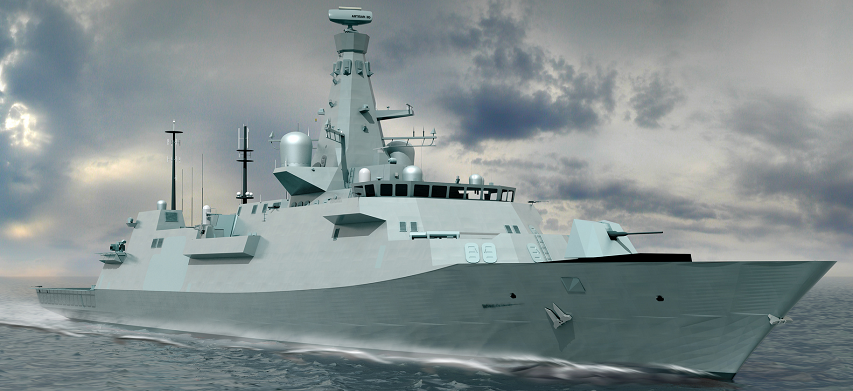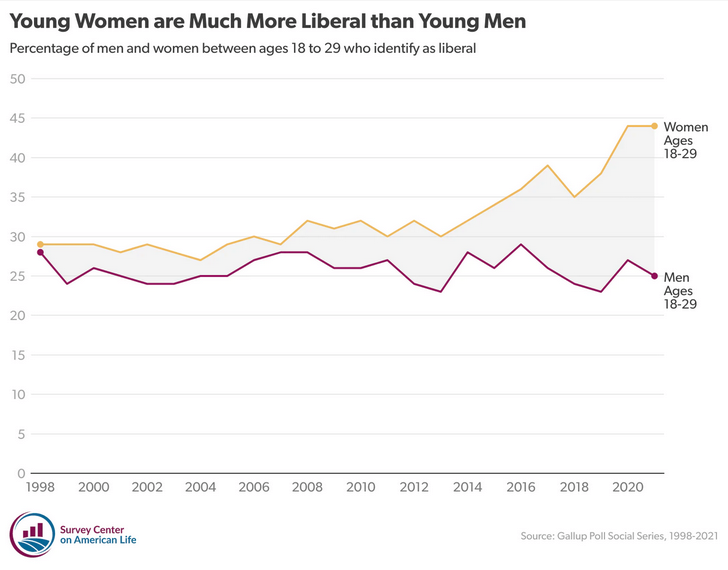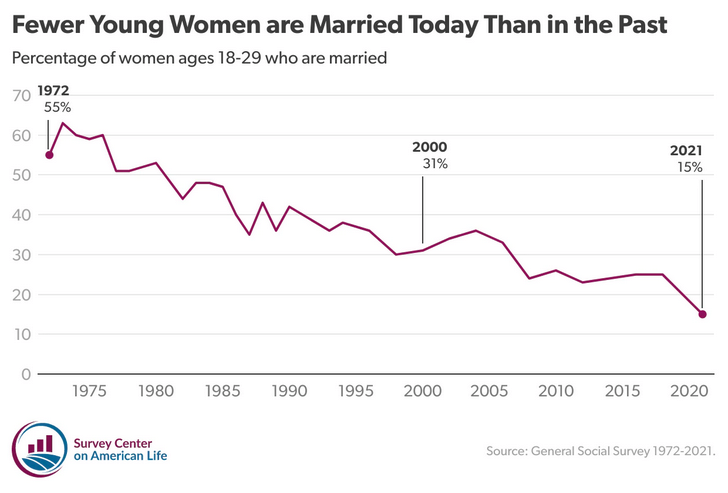In a post on the IISS Military Balance Blog, James Hackett extends far more charity toward the Canadian government’s “incremental growth” of naval activities in the Pacific and Indian Oceans than it may deserve. Given the already stretched nature of the Royal Canadian Navy under ordinary conditions, a cynic might be tempted to speculate what other activities and training will have to be foregone to allow the noted two-ship deployment for several months overseas:

A Chilean navy boarding team fast-ropes onto the flight deck of RCN Halifax-class frigate HMCS Calgary (FFH 335) during multinational training exercise Fuerzas Aliadas PANAMAX 2009.
US Navy photo via Wikimedia.
On 14 June, Royal Canadian Navy (RCN) frigates HMCS Winnipeg and HMCS Vancouver left their berths at Esquimalt naval base in British Columbia, bound for the US-led Rim of the Pacific (RIMPAC) 2022 exercise, due to take place from 29 June to 4 August. The ships will then set a westerly course for a five-month deployment in the Indo-Pacific, principally to support Canada’s Operation Projection. This is the first twin deployment of its kind since 2017 and heralds a bolstering of Canada’s defence contribution in the region, with new naval investments on the way to help sustain it, but will they be enough?
[…]
However, a number of the building blocks to help sustain Canada’s regional defence ambitions are still being put in place. In 2016 the RCN retired the last of its Protecteur-class oiler and replenishment vessels and, for a time, resorted to hiring Chilean and Spanish ships to maintain replenishment capability amid delays in the project to replace the class. In 2018, as an interim measure it introduced the converted German container vessel MV Asterix into the role of an at-sea replenishment vessel and oiler.
The first of two new Joint Support Ships (JSSs) will be delivered in 2023. Also called the Protecteur-class, these ships are being built in Vancouver. They form a key part of Canada’s ambitious National Shipbuilding Strategy, alongside new class of surface combatants and Arctic patrol vessels. Based on the German Brandenburg-class design, the JSSs are intended to be compatible with Canada’s afloat combat platforms, boasting combat systems, tactical data links and defensive weapons systems. What role Canada’s submarine flotilla might play in an enhanced Indo-Pacific posture is uncertain, although one submarine, HMCS Chicoutimi, undertook an unusual deployment into the region in 2017/18.
Whether two JSSs will be enough in terms of naval logistic support at sea also remains an open question and there has even been talk of extending the lease on MV Asterix. The RCN will, nonetheless, have regenerated its sovereign at-sea replenishment capability once the new ships are in service. Alongside the other planned capability enhancements, the future RCN should be a more capable force than it is today. With the two new Protecteur-class vessels in service, the RCN should be more operationally sustainable and also better able to offer some of the broader non-combat defence assistance that may be required on the engagement and training tasks seen in missions like Operation Projection.
It’s always a foolish bet that any major equipment for the Canadian military will be delivered on time or under budget, and the Joint Support Ship project is unlikely to change that. The ships were originally announced in 2004, but between changes of government and re-imagining the entire RCN shipbuilding program, the contracts were not signed until 2020. Initially, $2.6 billion was allocated to purchase two vessels with an option for a third. It didn’t take long for budget realities to cancel the optional ship, and by 2020, it was reported that the anticipated final cost will be $4.1 billion. Unlike pretty much every other shipbuilding project, the Project Resolve ship MV Asterix was accepted into service in 2018, both on time and within budget … perhaps because this was a conversion of an existing hull rather than an all-new build.
The next major step after the JSS project is completed is to roll out the replacements for the Halifax-class frigates and the already-retired Iroquois-class destroyers. It will theoretically consist of 15 hulls, but as we usually see in naval expenditure, if the RCN ends up getting a dozen they may consider themselves lucky. The ships will be based on the British Type 26 frigate design.

An artist’s rendition of BAE’s Type 26 Global Combat Ship, which was selected as the Canadian Surface Combatant design in 2019, the most recent “largest single expenditure in Canadian government history” (as all major weapon systems purchases tend to be).
(BAE Systems, via Flickr)
Construction of the Canadian Type 26 ships is “expected” to begin in 2024. Gamblers may want to place their bets on how close to that date actual fabrication begins and by just how much the budget will be overshot by the time a few of the ships enter service in the “early 2030s”.








